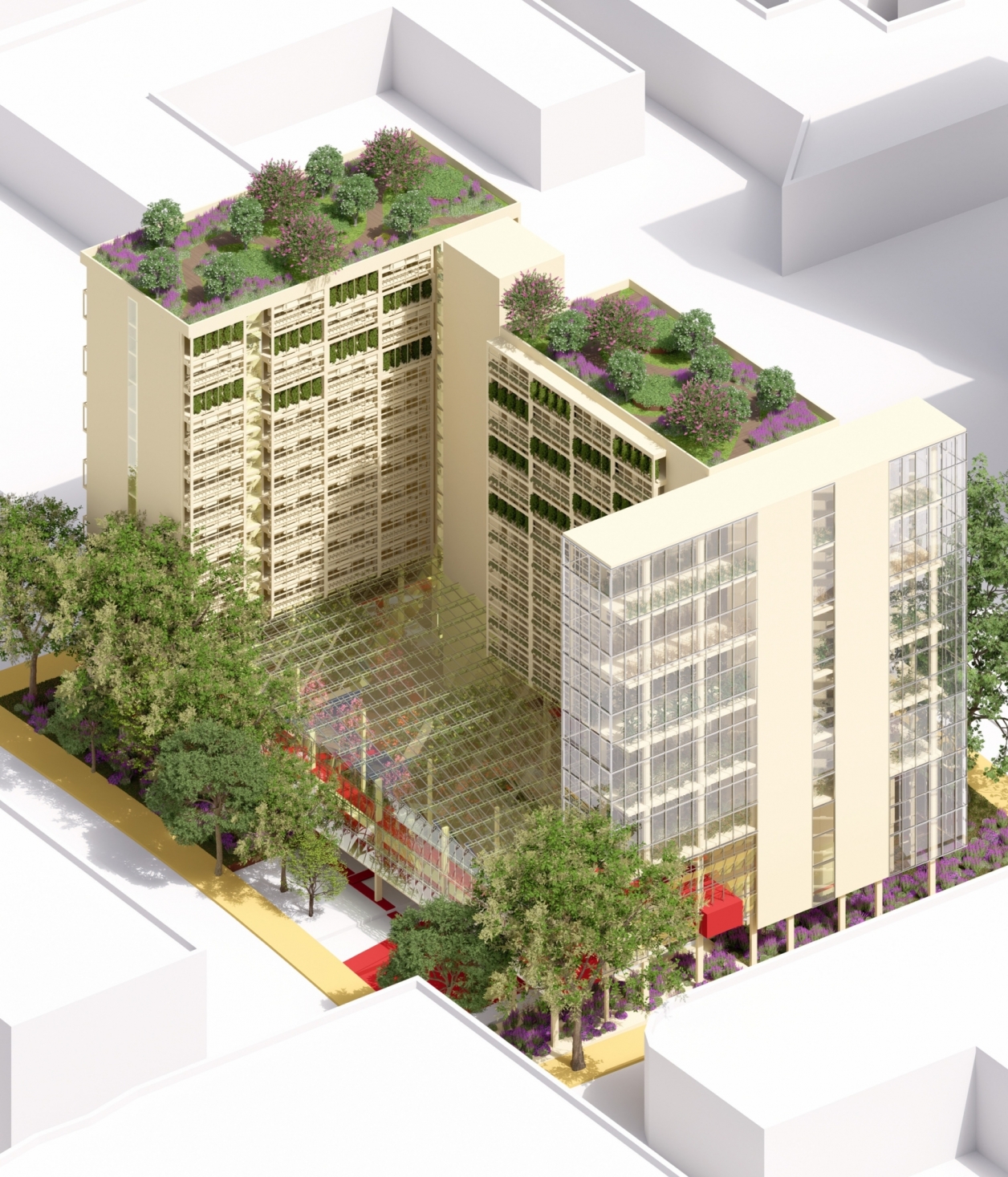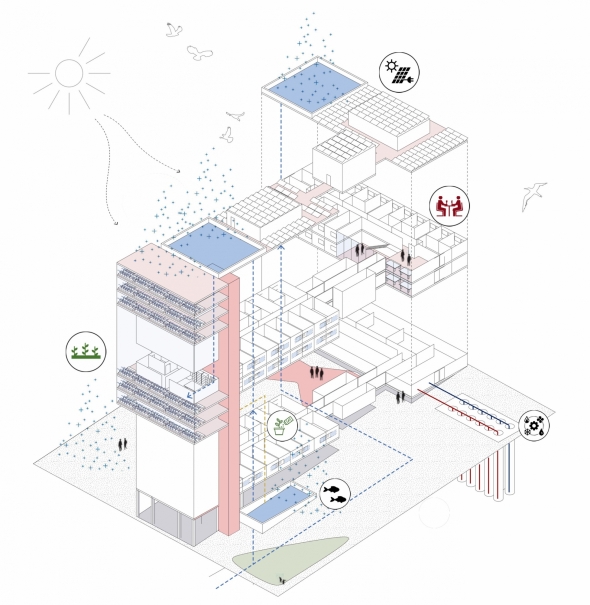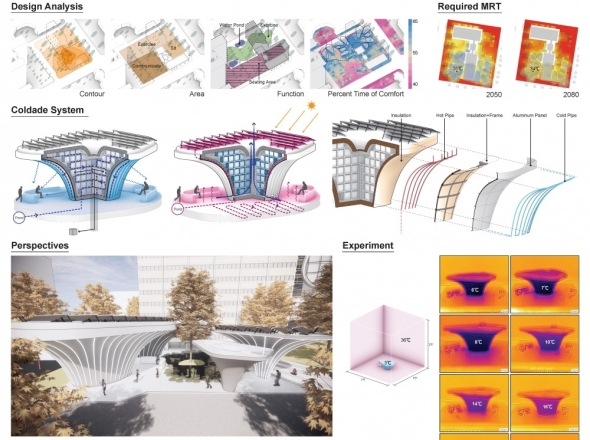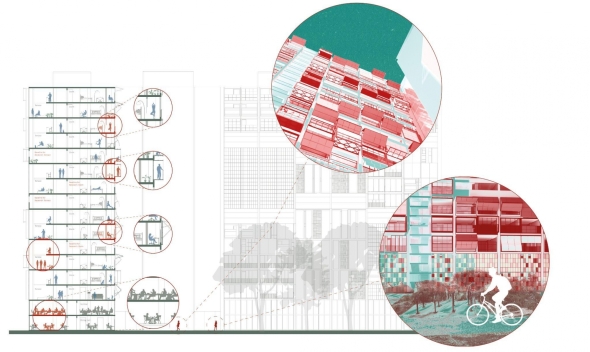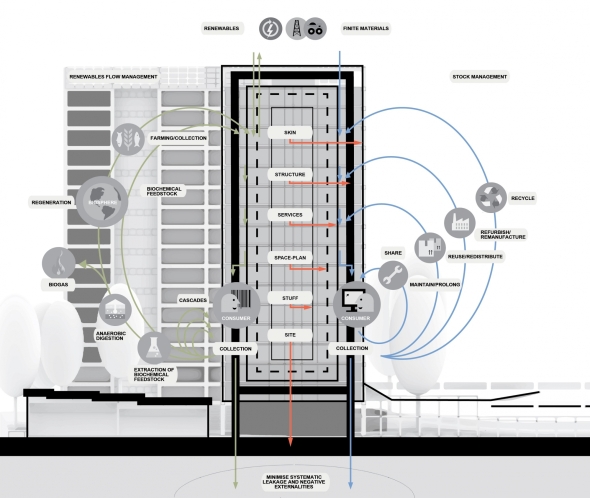EBD Research Studio
Adapting to the climate emergency requires buildings and people to be flexible, agile, or even sacrificial. Buildings are durable but immobile, in contrast to the easy mobility of people and their accessories, such as clothing, furniture, and interior fittings. Inspecting the form and performance of our buildings and things poses an urgent query: What can designers do to disrupt the same old repertoire of structures, systems, and behaviors to demonstrate a radical approach to climate adaptation?
The estimated 2 billion buildings we inhabit and maintain globally contribute significantly to planet-killing emissions, especially those in developed countries and cities (H. Davis). This built fabric also represents significant investments made by people, communities, institutions, and companies. A building’s site, infrastructure, and materials embody a substantial portion of spent impacts that should not be ignored or abstractly categorized as waste. If the greenest building is the one that already exists, then focusing our attention on adapting what we have could be one of the most radical forms of architectural disruption. This is especially true when we recognize that adaptation occurs at many spatial and temporal scales involving our bodies, things, whole buildings, and nomadic mobility.
The 2022 EBD Research Studio focused on a radical approach to the climate emergency by developing bioclimatic adaptations for people and their habitats. Strategies will be proposed and tested using the studio’s site, Sansom Place West, a UPenn residence hall designed by Richard and Dion Neutra. After more than 50 years of use, this 16-story, double-loaded corridor building will undergo renovation. Over sixteen weeks, student teams will collaborate on proposals for bioclimatic interventions that modify the building’s systems and people’s accessories and practices.


